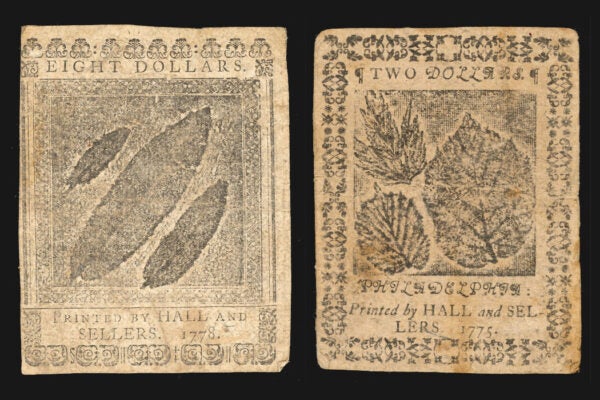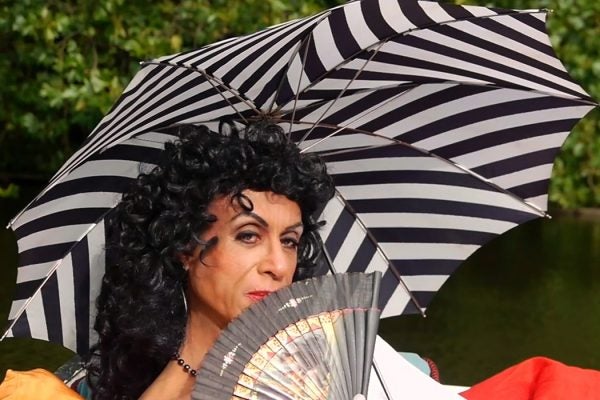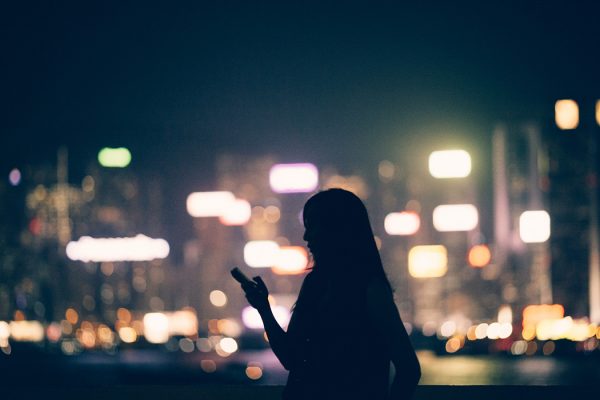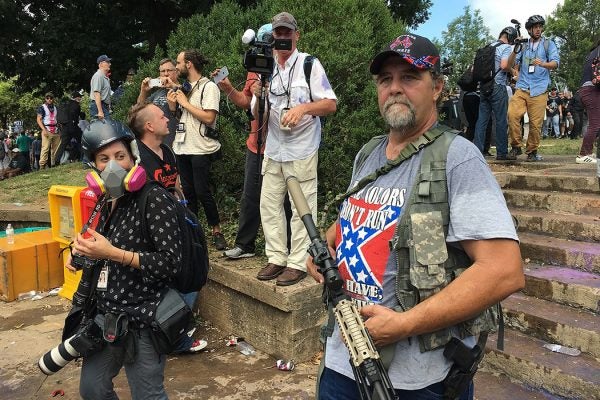The First Green Money: Nature-Printed Currency
Benjamin Franklin used naturalist Joseph Breintnall’s botanic prints of leaves on his paper currency to foil counterfeiters.
An Epic Face-Lift: Moving Abu Simbel Out of the Nile
Some 25,000 workers cut Abu Simbel’s statues and temples into pieces, hoisted them into the air, and reassembled them on an artificial hill 200 meters away.
Our Obsession with Art Heists
A deeply ingrained interest in stolen objects and their recovery reflects our collective uncertainty over how we value art.
Why James Bond Villains Prefer Post-Soviet Architecture
In No Time to Die, Bond blows up the villain’s post-Soviet missile silo—just as he does every other modernist building he encounters.
How to Hear Images and See Sounds
Artists Shannon Finnegan and Andy Slater talk accessibility, transdimensional hearing, alt-text as poetry, sound descriptions, and Instagram captions for McSweeney’s Audio Issue.
How Latin Camp Rocked the New York Underground
Puerto Rican queers produced theater and film that made them mainstays of the New York underground arts movement of the 1950s and ’60s.
Fake News: A Media Literacy Reading List
Compiled by graduate students in a 2016 course on “Activism and Digital Culture,” at University of Southern California.
Diorama, qu’est-ce que c’est?
Before his daguerreotype, the French inventor Louis Daguerre unveiled a new kind of “virtual reality” on a British stage.
The Five Types of Summer Vacation
Each of them has a distinctive structure and a complex history.
Is Doxxing the Right Way to Fight the “Alt-Right?”
In the aftermath of Charlottesville, people with similar names to white supremacists involved in the march were also caught in the crossfire.









